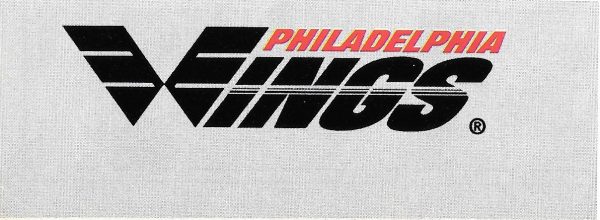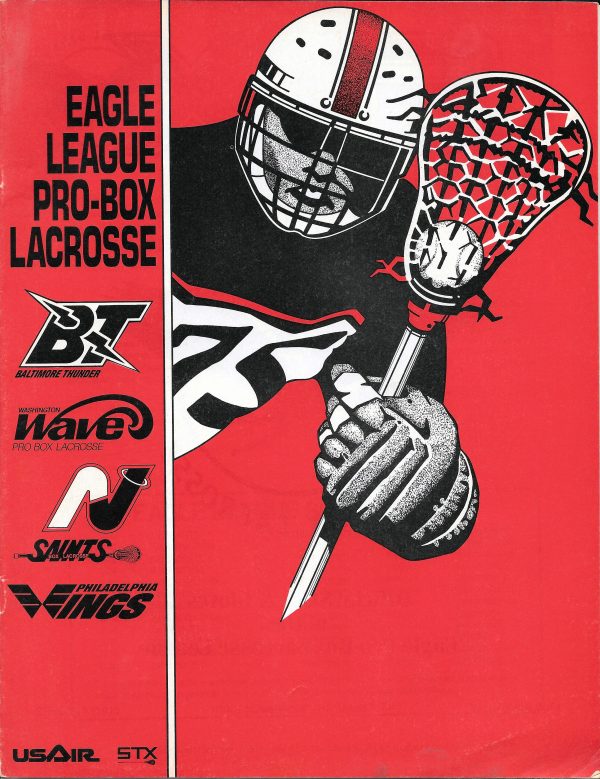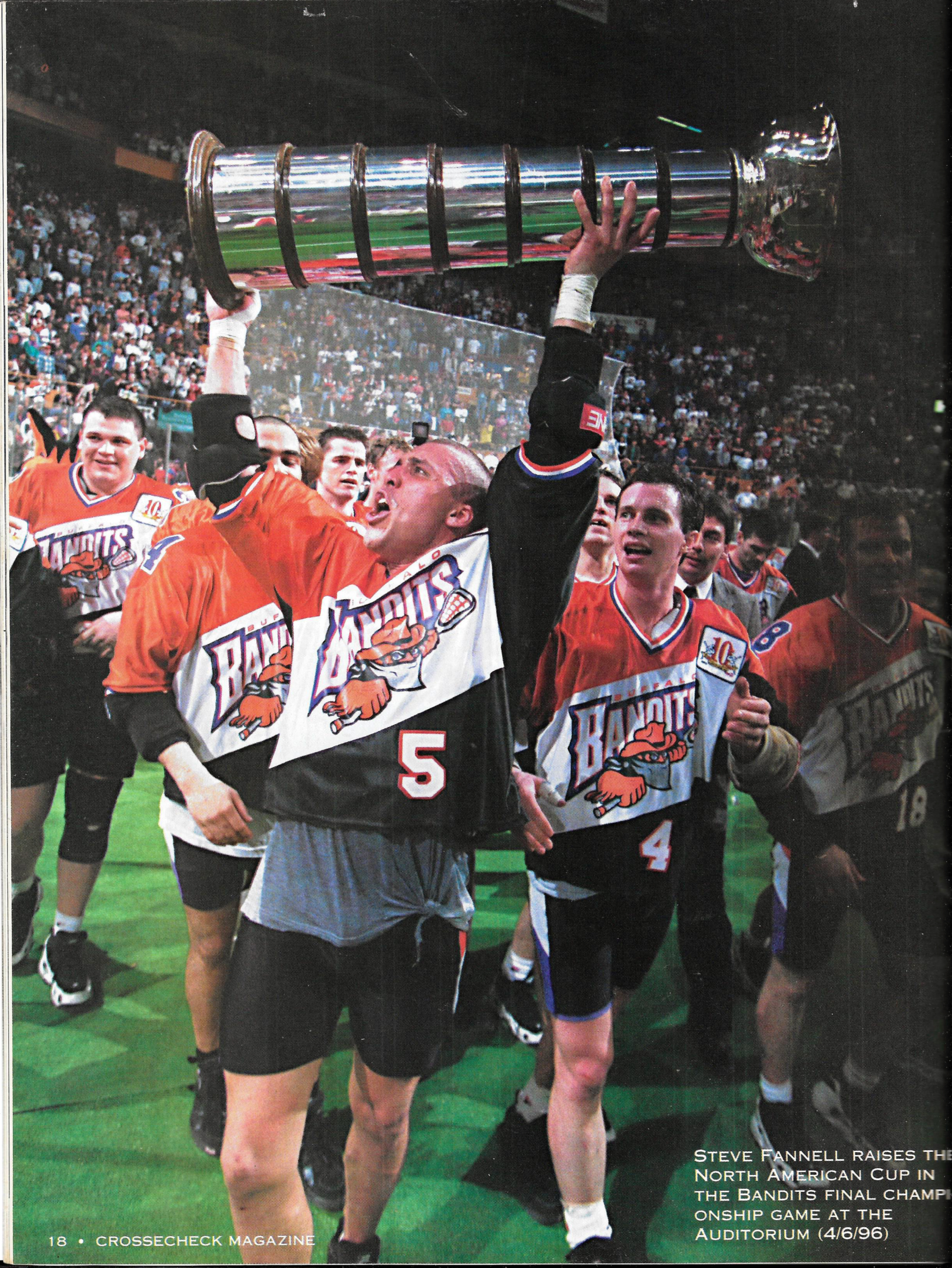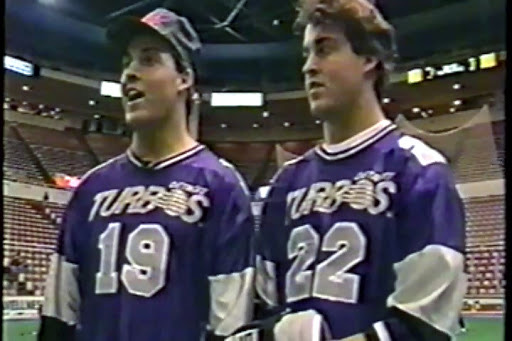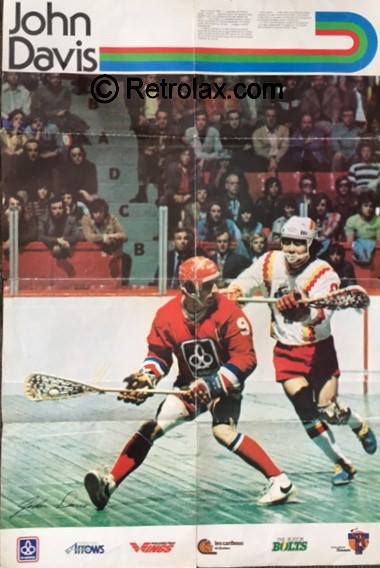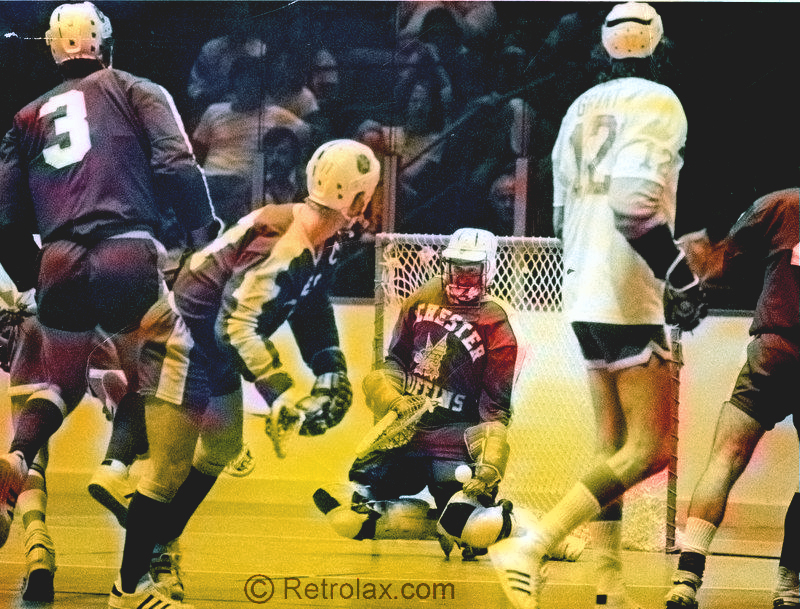By Glen Macnow, Inquirer Staff Writer
”Lacrosse is really a game of beauty, a game of great finesse.” – Russ Cline, commissioner of Eagle League Pro-Box Lacrosse.
“Imagine an almost celestial sphere of precision-molded hard Indian rubber screaming through the air at almost 100 miles an hour – heading straight for your face.” – Text of an Eagle League radio ad.
OK, so it isn’t exactly beauty and finesse that Russ Cline is selling here. But sometimes you have to give the people what they want. Sometimes you sell the sizzle, not the steak.
In this case, the sizzle is violence. In aggressively marketing pro-box lacrosse, the Eagle League is portraying the game as something of an amalgam of hockey, pro wrestling and roller derby. The television ads feature checking and slashing brutal enough to make Dave Schultz cringe, while an announcer promotes the game in a voice usually reserved for tractor pulls.
“Pro-box lacrosse. America’s oldest – and most vicious – game.” – Text of a television ad.
The challenge is difficult. Cline and partner Chris Fritz are trying to sell a new league in a sport that remains unfamiliar to the vast majority of Americans. The Eagle League has started small – with franchises in Philadelphia, East Rutherford, N.J., Washington and Baltimore – but it still must compete with a plethora of popular winter sports that have gained from years of history and network exposure.
“A lot of people think we’re nuts,” says Cline, who was director of marketing for the NFL Kansas City Chiefs for a decade. “People figure all America needs is another new sports league to go out of business. But you never know what Americans are going to respond to. We’re trying to get a feel for what’s sellable.
“Granted, some of the methods we’ve used so far are rather dramatic, saying, ‘Lookee here. This is exciting, this is violent, this is fun.’ “
So far, those methods have worked. During the abbreviated regular-season schedule that saw each team play three home games, crowds averaged 6,500 in Baltimore, 8,000 at the New Jersey Meadowlands, 9,500 in Washington and 12,000 in Philadelphia – which is almost as much as the 76ers’ average of 13,687. Given the league’s low-ball economics (every player is paid $100 per game, plus expenses), there is hope that it may break even the first year – something unheard of in professional sports.
At the Spectrum, home of the Philadelphia Wings, seats cost between $10 and $15 and, Spectrum officials insist, almost no tickets are discounted or given away. The Wings are hoping for a turnout of 14,000 for their playoff game against the Washington Wave at 8 p.m. Sunday.
“We’ve been thrilled with the fan response,” says Spectrum general manager Ed Rubenstein. “We knew there was some interest in this town from the old days of the National Lacrosse League (which died in 1976, during its second season), but we had no way of knowing people would fill the arena. There are even 500 people who have already joined a fan club.”
Rubenstein, who directs local marketing for the Wings, purchased radio time on such rock stations as WYSP-FM and WMMR-FM, as well as during sports talk shows on WIP-AM and WCAU-AM. In addition, he bought about 50 television slots promoting Sunday’s playoff game. The TV ads run during professional wrestling, Late Night With David Letterman, movies on independent stations and such syndicated comedies as M*A*S*H and Taxi.
“Those are the shows,” Rubenstein says, “that our audience is watching.”
“The Philadelphia spirit lives on in the red-hot Wings. . . . The Wings need you, the fan, for the seventh-man advantage. . . . Pro-box lacrosse – fast, fearless and unstoppable.” – Text from a radio ad.
The audience, according to Rubenstein, is primarily young (18 to 34), white, male and suburban. “In many ways,” he says, “it resembles your typical hockey crowd. They want an exciting, fast-paced, competitive, physical game. They want to get up and yell and scream.”
Adds Cline: “The biggest cheers come with the biggest hits. We like that. We like to see the toughness come out.”
But is that lacrosse? True, the game has its roots as a violent sport played by Canadian Indians, but in recent decades a more civil version of outdoor lacrosse has gained popularity in American high schools and colleges. Checking is allowed, but fights and excessive slashing are outlawed.
Even the Eagle League games themselves are somewhat less brutal than the ads suggest. Cline says there have been “about four or five fights all season, certainly nothing like in hockey.”
Cline concedes that some “Ivy League purists have complained that we’re too aggressive in the ads, that we’re bastardizing the sport.”
“Well, we’re not changing the sport at all,” he says. “It’s still a sport that combines the skills and beauty of several sports – basketball, football, hockey. We’re emphasizing the roughness of the sport, the macho appeal, because in America today there is a passion for contact sports.
“Certain fans may feel we’re overemphasizing that. But we’re getting 14,000 to 15,000 people showing up. If we put a gentle ad on TV, maybe 4,000 or 5,000 people would come.”
“Pro-box lacrosse, the season finale. The game is to win – and survive. Eeeaaayyyhhh.” – Text from a television ad.
(Philadelphia Inquirer, March 5, 1987)

